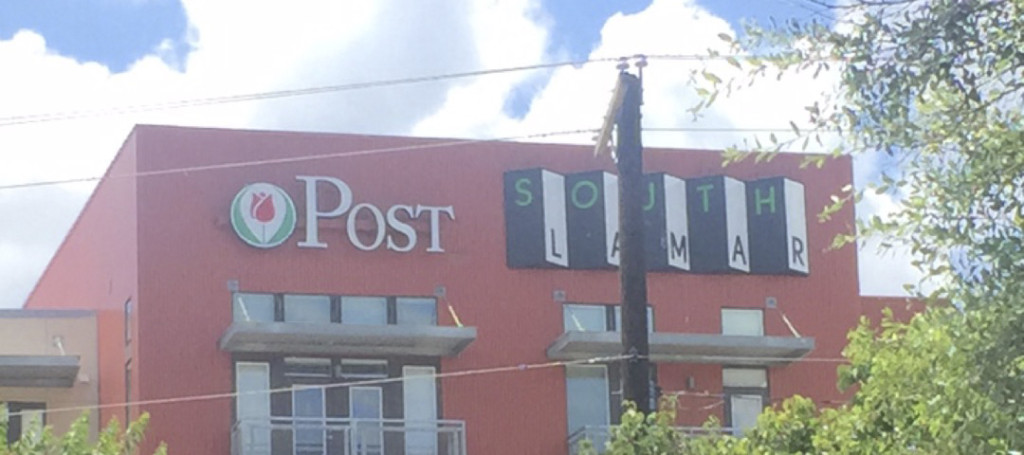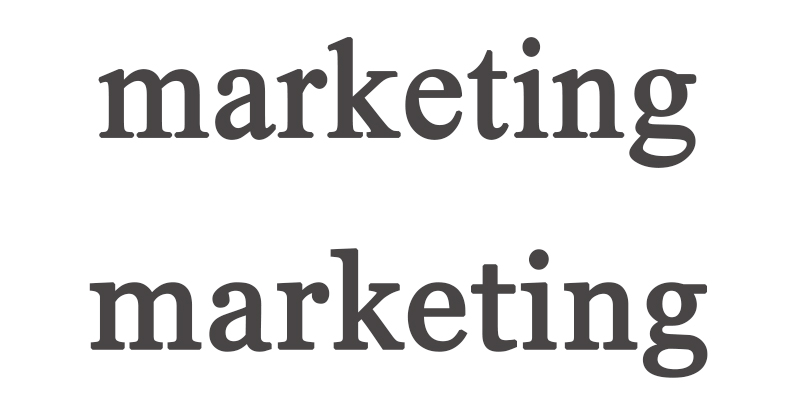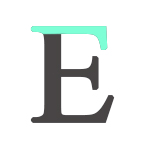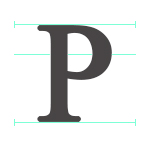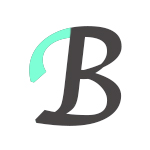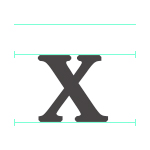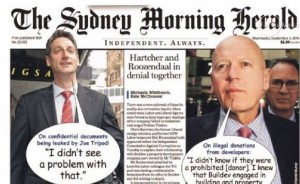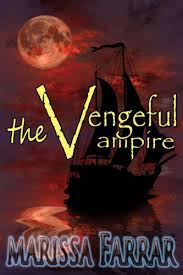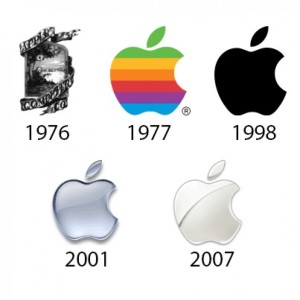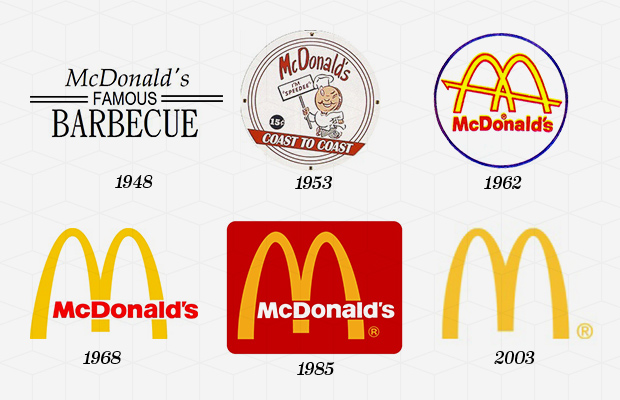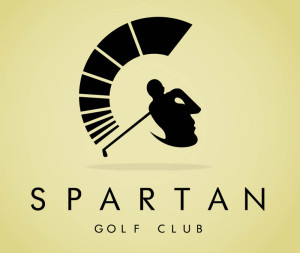Over the weekend I went to Chicago to visit my old stomping grounds and see family. I got to do all the things I used to do and never get to do anymore like going to see the World Champion Chicago Blackhawks at the United Center, riding the L downtown to wander around, celebrating the Cubs win in Wrigleyville with complete strangers who quickly became family,etc. I even got to eat at all of my favorite restaurants which is a pretty big deal considering some of them are on completely opposite sides of the city from each other. It was almost the perfect weekend getaway with the exception of my grandmother being ill and the call that I imagine will mark the beginning of my next month or so of work.
How you are perceived as a company relies on a few different things: How you personally interact, socialize, and represent the values of your company, how your company interacts with the community on social media, and most importantly, what your company’s website looks like. In today’s digitally ruled world, your website is the gateway through which potential clients come to determine whether or not you’re worthy of their business. Sorry to say that if your website looks like a late 90s geocities/angelfire site complete with an animated twinkling background and dancing baby gifs you’re most likely going to lose out on a windfall of clients. Granted, our website isn’t THAT bad, but from an objective point of view it certainly needs a makeover. This right here was the nature of the call I received. We need to rebrand. We need to redesign. We need to reevaluate our goals and values.
Keeping up with an ever evolving digital landscape reminds me of that constantly mentioned gym adage, “It’s easier to stay in shape that to get in shape.” Well, this is us trying to STAY in shape. Over the next few weeks (months?) the MG team is going to be hard at work to bring you a website that you (and we) can be proud of. Our goal is to create something that matches and surpasses the industry standard, taking pointers from established agencies like Sasquatch and Brains on Fire. As the head of creative here the challenge seemed a little daunting after receiving that call, but after letting the dust settle I’ve got to say, I’m pretty exited for this and it’s about damn time. This is what I live for and what I breathe: the opportunity to create and produce something tangible from the inner workings of my mind. It’s going to be a long road, but the resulting website will certainly be worth it.


